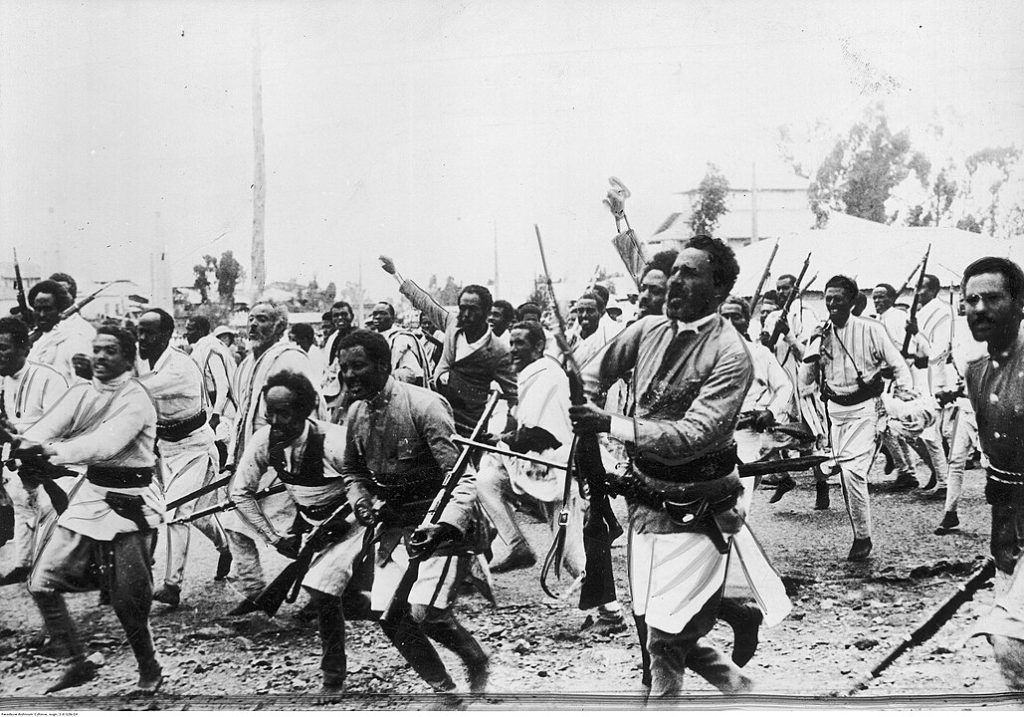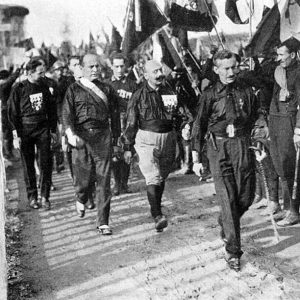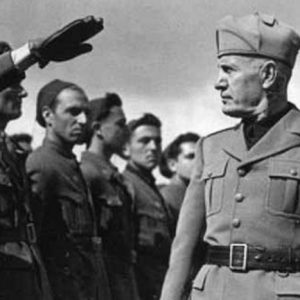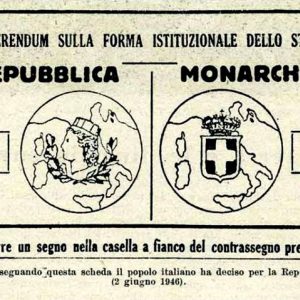On 3rd October 1935, Italy launched an invasion of Ethiopia, a key event that marked the beginning of a brutal and controversial chapter in both European and African history, known as the Second Italo-Ethiopian War.
Under the leadership of Benito Mussolini, Italy aimed to expand its colonial empire and assert its power on the world stage. The invasion, known as the Second Italo-Ethiopian War, lasted until 1936 and had significant political and humanitarian consequences.
Italy’s invasion was motivated by a combination of factors. Mussolini sought to avenge Italy’s defeat in the First Italo-Ethiopian War of 1895-96, which had been a humiliating blow to the country’s imperial ambitions. Ethiopia, one of the few independent African nations at the time, represented both a strategic target and an opportunity for Italy to expand its territories in East Africa, joining its colonies in Eritrea and Somalia.
The invasion began with Italian troops crossing the Ethiopian border from Eritrea. Despite resistance from Ethiopian forces, led by Emperor Haile Selassie, the Italians had superior military technology, including tanks, aircraft, and chemical weapons like mustard gas. These weapons, in violation of international law, were used against soldiers and civilians alike, leading to widespread condemnation.
League of Nations was ineffective
The League of Nations, the international body tasked with maintaining peace, condemned the invasion but failed to act decisively. The League imposed economic sanctions on Italy, but excluded key resources like oil, rendering the sanctions largely ineffective. This failure underscored the weakness of the League of Nations and emboldened Mussolini to continue his aggressive policies.

By May 1936, Italian forces had captured the Ethiopian capital, Addis Ababa, and declared Ethiopia part of Italian East Africa. Emperor Haile Selassie fled into exile but continued to advocate for his country’s independence in front of the League of Nations, famously declaring, “It is us today. It will be you tomorrow.”
Italy’s occupation of Ethiopia lasted until 1941, when British and Ethiopian forces liberated the country during World War II.





